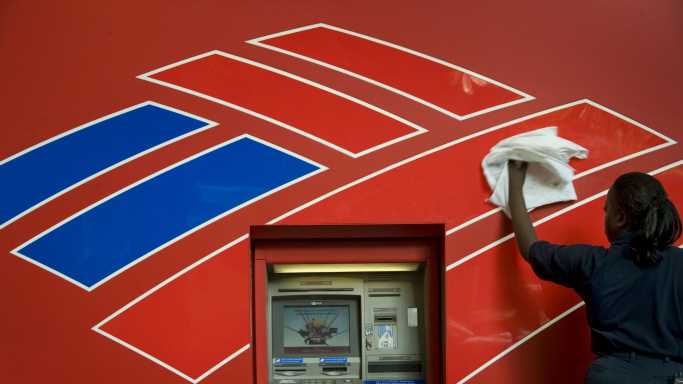It seems to happen every 12 to 15 years, regardless of what the core reason is, or who is running the government: the banking sector finds a way to hobble Wall Street and more than once has come close to bringing the entire system to its knees. The mortgage implosion in 2007–2008, Long Term Capital Management in 1998, the savings and loan crisis in the 1980s and a host of other incidents can now add regional bank failures in 2023 to the list of implosions.
Plunging interest rates combined with loan growth is what did in the smartest guys in the room this time. During a historically low interest rate environment, the banks that failed recently had purchased longer term Treasury debt with their deposits, and when interest rates moved higher those bonds had unrealized losses that in many cases could be held in what is called “hold to maturity” category on a balance sheet. That is, until depositors want their money.
An old-fashioned run on the banks like the one seen in the movie “It’s a Wonderful Life” is what brought three institutions to their knees. With depositors clamoring to withdraw their funds, the banks were forced to sell Treasury and mortgage debt that was trading well below where it was purchased, and just like that it was game over.
A new Goldman Sachs research report provides an in-depth look at how the mega-cap banks and money-center leaders are holding up and what expectations look like for the rest of the year and beyond. The good news for investors looking for value is that the rules carved out after the financial crisis in 2008 put the biggest players in much better shape than their smaller bank brethren.
The report said this about the current state of the banking system:
In the near-term, stress remains in the system, as evidenced by recent, negative stock price reactions among regional banks, with concern that weaker equity prices and wider credit spreads could lead to further deposit instability. In our view, the recent price action may lead to regulators looking to bolster confidence in the banking system through either expanding programs such as the Bank Term Funding Program (BTFP – both in term and rate), as well as contemplating the need for some form of expanded deposit guarantee program via the FDIC.
Four top stocks in the financial sector are rated Buy at Goldman Sachs. It is important to remember that no single analyst report should be used as a sole basis for any buying or selling decision.
ALSO READ: Warren Buffett Worried About the Economy: 5 Top Berkshire Hathaway Holdings for Dividend Lovers
Bank of America
Interest rate increases are welcomed by banks that have their investment book at the proper maturities, and this is one of the biggest in the country. Bank of America Corp. (NYSE: BAC) is a ubiquitous presence in the United States, providing various banking and financial products and services for individual consumers, small and middle-market businesses, institutional investors, corporations and governments in the United States and internationally. It operates 5,100 banking centers, 16,300 ATMs, call centers and online and mobile banking platforms.
Sponsored: Find a Qualified Financial Advisor
Finding a qualified financial advisor doesn’t have to be hard. SmartAsset’s free tool matches you with up to 3 fiduciary financial advisors in your area in 5 minutes. Each advisor has been vetted by SmartAsset and is held to a fiduciary standard to act in your best interests. If you’re ready to be matched with local advisors that can help you achieve your financial goals, get started now.
Source: Read Full Article
